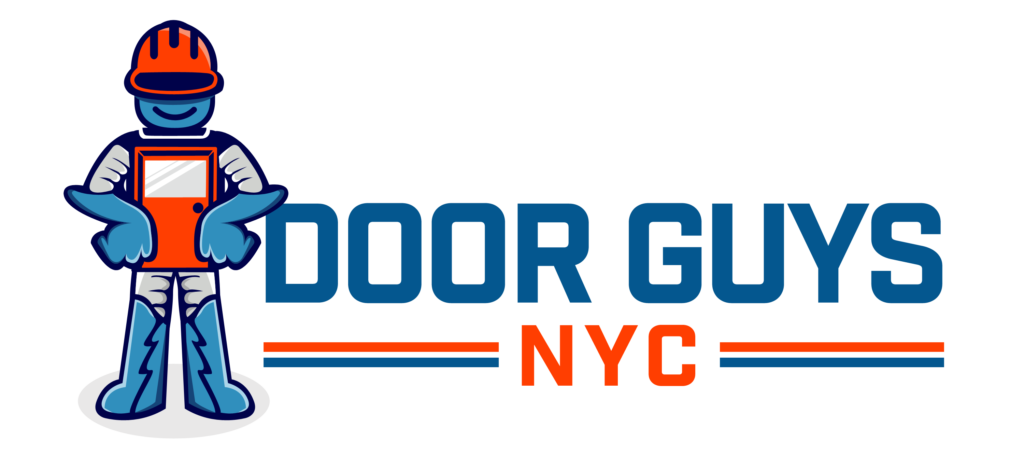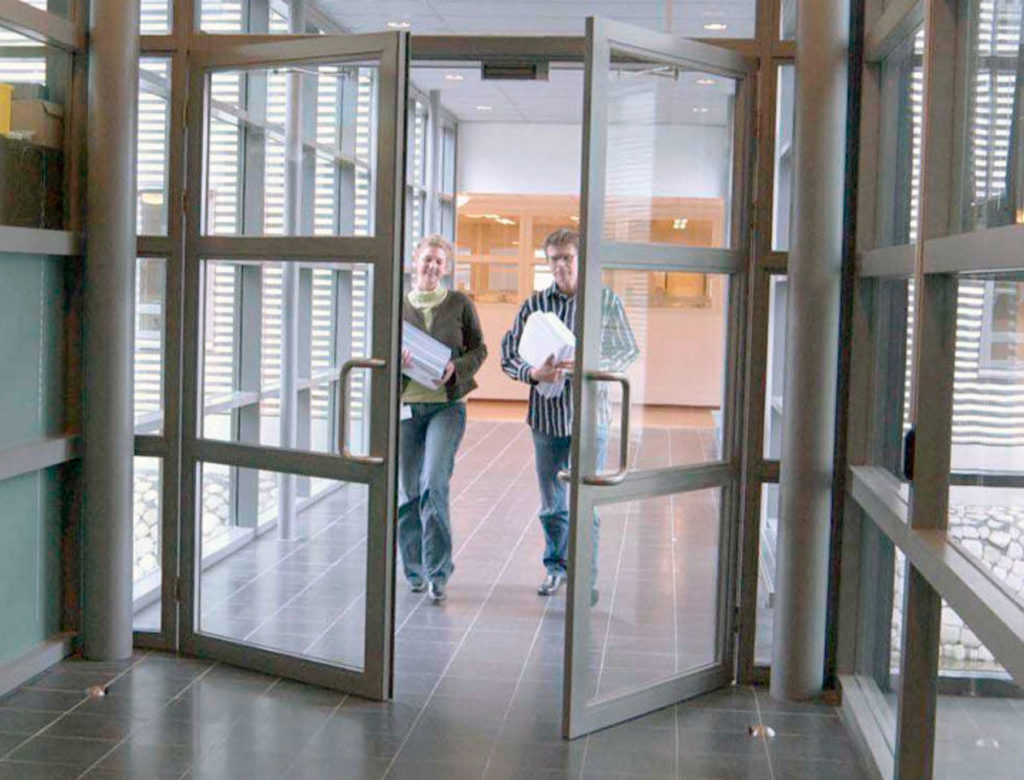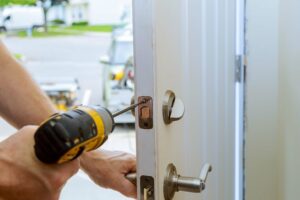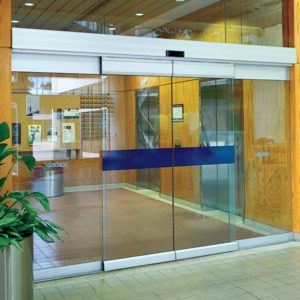If you’re a property owner, tired of hearing your tenants complain about the manual gates, or simply want some upgrades to your property, you’re probably considering switching to an automatic gate.
Most people don’t realize this, but automatic swinging gates in NYC are sophisticated security systems that comply with strict safety standards, handle extreme weather, and operate reliably thousands of times per month.
Here’s what you need to know about how these systems actually work and what makes them tick.
Gate Operators and Actuators
These components are what we refer to as the heart of the system. The core of any automatic swinging gate is the operator, the motor, and the mechanism that actually moves the gate.
There are three main types used:
- Linear actuators extend and retract like hydraulic pistons, pushing and pulling the gate open and closed. They’re typically rated for gates up to 1,000 pounds and can generate 1,500+ pounds of force. The beauty of linear actuators is their simplicity; fewer moving parts mean less maintenance and more reliable operation.
- Articulated arm operators can handle heavier gates (up to 1,800 pounds) and work well where space is limited because they don’t require the straight-line clearance that linear actuators need. You’ll see these on wide vehicular gates at parking garages and loading docks.
- Underground operators are a great choice for high-end installations. The entire mechanism is buried in a concrete vault below the gate hinge, leaving only the gate itself visible. These systems can handle extremely heavy gates (2,000+ pounds) and are virtually vandal-proof, but they’re expensive to install and require excellent drainage to prevent water damage.
How Do Gates Know When to Open?
One question we’ve probably all had since we were kids: how do gates know when to open?
Turns out, there are quite a few ways:
1. Proximity Card Readers
These are pretty standard in residential and commercial buildings. Modern readers use 125kHz or 13.56MHz RFID technology with read ranges from 2 to 6 inches. Higher-end systems use encrypted cards that can’t be easily cloned.
2. Remote Controls
These are popular for vehicle gates. Modern systems use rolling code technology that changes the transmission code with each use, preventing code grabbing and replay attacks. Professional-grade remotes have ranges of 200-500 feet and can control multiple gates with different channels.
3. Push Button Systems
Push button systems seem simple, but they’re surprisingly effective. Weather-resistant stations typically include both audible and visual feedback to confirm activation. Some installations integrate push buttons with intercom systems for visitor management.
4. Motion Sensors
Automatic operations are tricky in NYC due to high pedestrian traffic. When used, they’re typically microwave sensors with adjustable sensitivity and range settings. These can differentiate between approaching people and passing traffic, but they require expert calibration to work properly in busy urban environments.
5. License Plate Recognition Systems
These systems are becoming more common for vehicle gates. Cameras read approaching vehicle plates and compare them to authorized databases, automatically opening gates for approved vehicles.
How Do You Maintain Automatic Swinging Gates?
Most people don’t realize this, but automatic swinging gates get quite the beating. Between salt air near the waterfront, pollution, temperature extremes, and high usage, all this takes a toll on mechanical and electronic components.
There are a couple of things to keep in mind:
1. Preventive Maintenance
We’ve all heard that prevention is the best medicine, and it couldn’t be truer for automatic swinging gates. Ideally, you should schedule monthly visual inspections to check for proper gate alignment, sensor cleanliness, and signs of wear or damage. Quarterly service by qualified technicians should include lubrication of moving parts, inspection of electrical connections, and testing of safety systems.
2. Seasonal Maintenance
Seasonal maintenance is something you need to stay on top of. Winter preparation involves ensuring the drainage systems are clear, checking battery backup systems, and applying suitable lubricants that won’t thicken in cold weather. Spring maintenance primarily focuses on cleaning sensors and inspecting for frost damage.
3. Component Replacement
No matter what, component replacement is inevitable with high-use systems. Motors typically last 5-10 years, depending on usage frequency. Control boards might need replacement every 7-12 years as electronic components age. Sensors and safety devices should be replaced according to the manufacturer’s recommendations.
Also Read: How to Find a Reliable Door Repair Company Near Me
Thinking of Upgrading to Automatic Swinging Gates?
Automatic swinging gates offer security and convenience. But how well they work really just depends on proper design, quality installation, and ongoing maintenance.
The key is working with experienced professionals who understand both the technology and NYC’s specific requirements. Properly designed and maintained systems provide years of trouble-free operation while enhancing property security and value.
When you’re considering automatic swinging gate solutions for your NYC property, Door Guys NYC is your guy. Our team understands automatic swinging gates in NYC inside out, so you’ll never have to worry!
For convenience and peace of mind, give us a shout!






